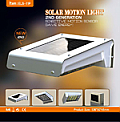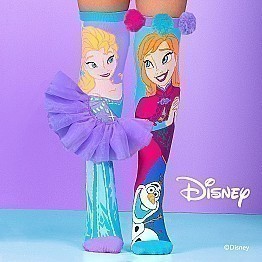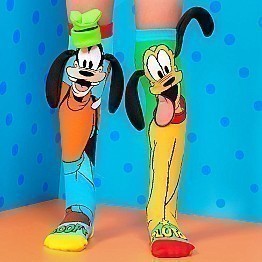- SMART WATCHES
- INLINE ELECTRIC FANS
- SURVIVAL FIRST AID KITS
- JEWELLERY
- MADMIA SOCKS & CLOTHING
- IRONING BOARDS
- KITCHEN WASTE BINS
- KITCHEN STORAGE AND ACCESSORIES
- WARDROBE FITTINGS AND ACCESSORIES
- HOME AND OFFICE ACCESSORIES
- SOLAR LIGHT
- KITCHEN HARDWARE
- BED LINEN
- LIGHTING
- HOMEWARE
- SHOWER TAPWARE
- TAPWARE
- KITCHEN SINKS
- LAUNDRY ACCESSORIES
- ICON COLLECTABLES - WACKY WOBBLER
- TOYS AND HOBBIES
- BAD TASTE BEARS
- TOOLS AND CONSUMABLES
LED LIGHTS
• LEDs produce more light per watt than incandescent bulbs do: this is useful in battery powered or energy-saving devices.• LEDs can emit light of an intended colour without the use of colour filters that traditional lighting methods require.
This is more efficient and can lower initial costs.
• The solid package of an LED can be designed to focus its light. Incandescent and fluorescent sources often require an
external reflector to collect light and direct it in a usable manner.
• When used in applications where dimming is required, LEDs do not change their colour tint as the current passing through
them is lowered, unlike incandescent lamps which turn yellow.
• LEDs are ideal for use in applications that are subject to frequent on-off cycling, unlike fluorescent lamps that burn out
more quickly when cycled frequently.
• LEDs, being solid state components, are difficult to damage with external shock. Fluorescent and incandescent bulbs are
easily broken if dropped.
• LEDs have an extremely long life span, approximately 100,000 hours. Fluorescent tubes typically are rated at approximately
10,000 hours, and incandescent light bulbs at approximately 1,000 - 2,000 hours.
• LEDs mostly fail by dimming over time, rather than the abrupt burn-out of incandescent bulbs
• LEDs light up very quickly, achieving full brightness in microseconds.
• LEDs can be very small and are easily populated onto printed circuit boards.
Advantages of Using LEDs (Light Emitting Diode)
Sort by:
Recommended









